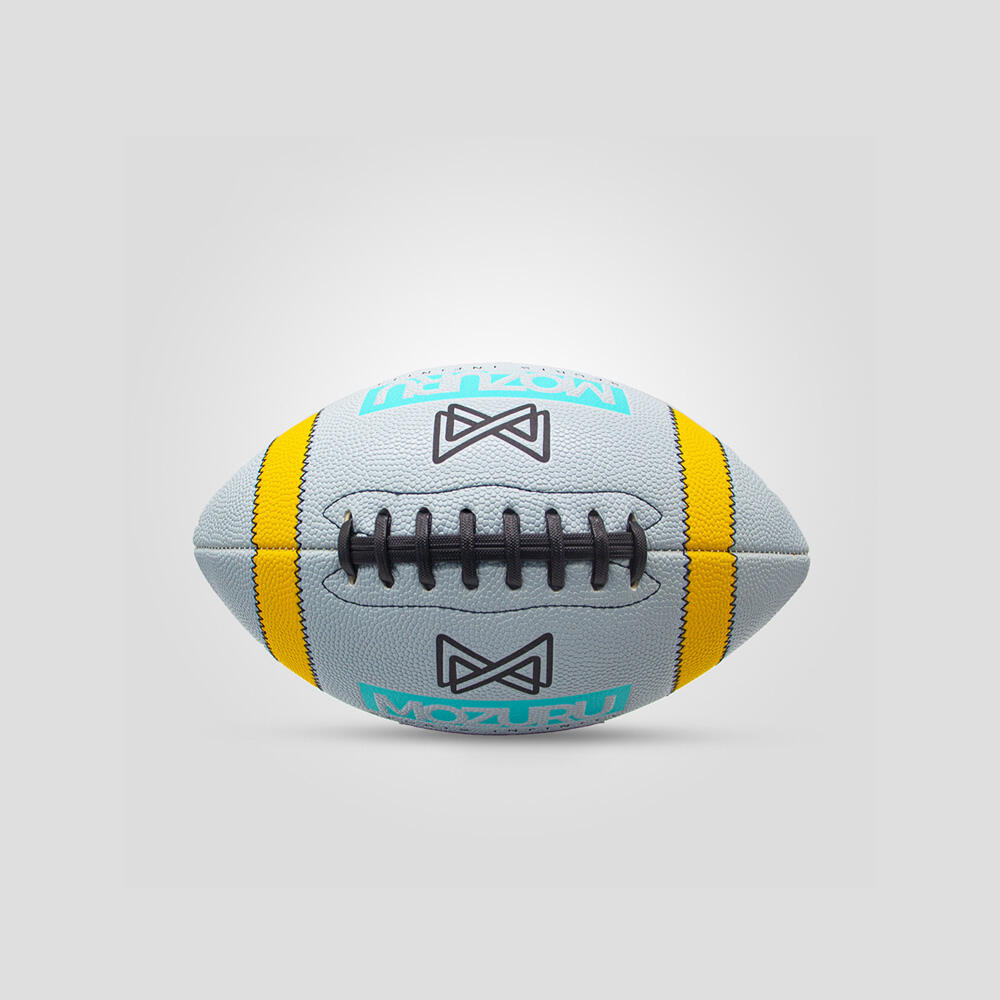Essential Guide to Rugby Ball Procurement for Club Success
Sourcing the right rugby balls is a crucial aspect of running a successful sports club. The quality and performance of rugby balls can significantly impact player development, match outcomes, and overall training effectiveness. As clubs strive to maintain high standards in competitive matches, understanding the nuances of rugby ball procurement becomes increasingly important. This comprehensive guide explores the various aspects of sourcing rugby balls, ensuring your club makes informed decisions that benefit both players and budget considerations.
Understanding Rugby Ball Quality Standards
International Rugby Board Specifications
When sourcing rugby balls for competitive matches, adherence to International Rugby Board (IRB) specifications is non-negotiable. These standards encompass specific requirements for ball size, weight, pressure, and materials. Professional-grade rugby balls must maintain an oval shape with dimensions between 28-30cm in length and 58-62cm in circumference. The pressure requirements typically range between 9.5-10 PSI, ensuring optimal performance during matches.
Material Construction and Durability
Modern rugby balls feature high-grade synthetic materials that offer superior grip and durability. The outer layer usually consists of premium synthetic leather or advanced composites, while the internal bladder is made from latex or butyl rubber. Quality rugby balls incorporate multi-layered construction, with reinforced seams that prevent water absorption and maintain shape integrity throughout intense match play.
Strategic Procurement Approaches
Direct Manufacturer Relationships
Establishing direct relationships with rugby ball manufacturers offers numerous advantages for sports clubs. This approach often results in better pricing, customization options, and reliable supply chains. Many manufacturers offer bulk purchase discounts and can provide consistent quality assurance. Clubs can negotiate terms that include regular delivery schedules and replacement guarantees for defective products.
Wholesale Distribution Networks
Working with established wholesale distributors provides clubs with access to multiple brands and price points. These networks often maintain substantial inventory levels, ensuring quick delivery times and the ability to fulfill urgent requirements. Wholesale partnerships can also include value-added services such as seasonal pricing agreements and flexible payment terms.
Budget Optimization Strategies
Bulk Purchase Planning
Implementing a structured bulk purchase strategy helps clubs achieve significant cost savings. By analyzing annual usage patterns and factoring in training sessions, matches, and replacement needs, clubs can determine optimal order quantities. This approach not only reduces per-unit costs but also ensures consistent availability of rugby balls throughout the season.
Quality-Price Balance
Finding the right balance between quality and cost requires careful consideration. While premium rugby balls command higher prices, their extended durability and superior performance characteristics often justify the investment. Clubs should consider allocating different quality levels for various purposes - premium balls for matches and mid-range options for training sessions.
Storage and Maintenance Protocols
Environmental Control Measures
Proper storage conditions significantly impact the longevity of rugby balls. Clubs should maintain a dedicated storage area with controlled temperature and humidity levels. Avoiding extreme conditions prevents material degradation and helps maintain consistent ball performance. Regular rotation of stock ensures even wear across the inventory.
Maintenance Schedules
Implementing systematic maintenance routines extends the lifespan of rugby balls. Regular cleaning, pressure checks, and condition assessments should be scheduled. Training staff in proper maintenance procedures ensures consistent ball quality and helps identify potential issues before they affect match performance.
Sustainable Sourcing Practices
Environmental Considerations
Modern clubs increasingly prioritize environmentally responsible procurement practices. This includes selecting manufacturers who use sustainable materials and maintain ethical production standards. Some suppliers now offer rugby balls made with recycled materials or environmentally friendly alternatives, providing clubs with sustainable options without compromising quality.
Social Responsibility
Supporting manufacturers who maintain fair labor practices and contribute to community development aligns with many clubs' values. These partnerships often result in positive brand association and strengthen community relationships. Clubs can leverage these associations for marketing purposes while promoting responsible business practices.
Frequently Asked Questions
What is the ideal number of rugby balls needed for a competitive season?
A typical club should maintain an inventory of 30-40 match-quality rugby balls per senior team, with additional training balls as needed. This ensures sufficient availability for matches, training sessions, and replacements throughout the season.
How often should competitive match balls be replaced?
Match-quality rugby balls should be replaced every 8-12 matches, depending on usage intensity and storage conditions. Regular inspection and rotation help maintain optimal performance standards.
What are the key factors in selecting a rugby ball supplier?
Key considerations include product quality consistency, pricing structure, delivery reliability, warranty terms, and customer support. Establishing relationships with suppliers who understand competitive rugby requirements ensures long-term procurement success.


